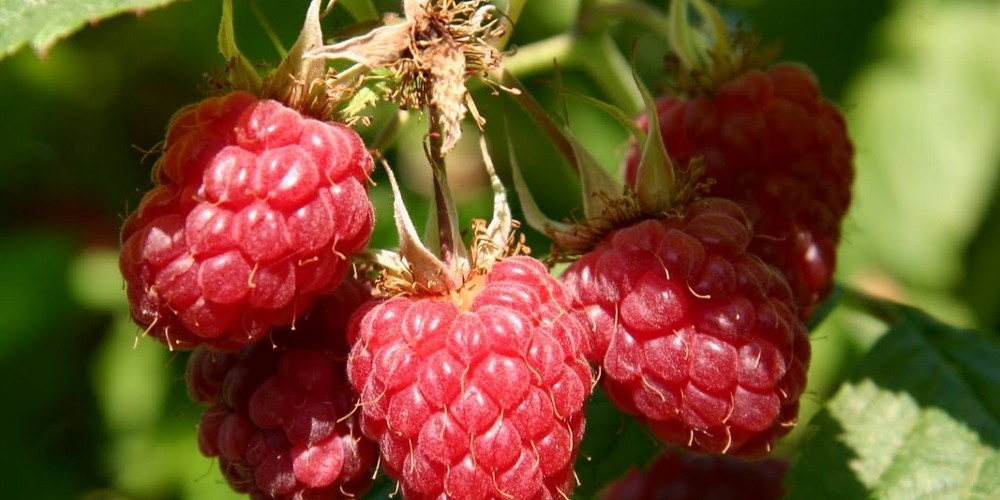Raspberries must be one of the easiest fruits to grow here in the UK as they don’t mind a wet summer, or a slight nip in the air! You can easily plant our potted raspberries out in your kitchen garden at this time of year and you should be able to pick some juicy berries later this year.
You can either buy summer fruiting raspberries or autumn fruiting raspberries.
Some varieties are better suited to growing in pots and containers – from Rocket Gardens, we’d recommend Ruby Beauty (summer fruiting) and Autumn Bliss (autumn fruiting) if you’re growing in pots or in a small garden.
For larger gardens, try Malling Jewel or Tulameen (summer fruiting)
Choose a spot where the soil retains moisture quite well but doesn’t become waterlogged, and don’t be afraid to plant in a slightly shadier spot in the garden if you need to. Make sure that wherever they are planted they are sheltered from the wind.
If growing in pots, make sure it’s a nice big pot to give them room to grow. 30cm to 40cm diameter would be perfect for the first year or two, and then you may need to pot them on to something a little bigger.
Plant the canes 30-40cm apart. You should dig a hole that is big enough to fully contain the root ball and pop each cane in place so that the top of their root is just below ground level. Fill the hole in with soil and add a mulch to help with moisture retention and keep weeds down.
If planting in pots, plant one cane per pot.
There are different ways of supporting and training your raspberry canes. These are the three simplest ways that we would recommend:
- If growing in pots, pop a bamboo cane into the pot with the plant and tie the raspberry canes in at intervals.
- If growing a small number of canes (3 to 5) in the ground then try a single post method. Bang a sturdy post (measuring approx 2-3 metres) into the ground and plant the canes around the base at equally spaced intervals. Tie the canes in to the post.
- If growing many canes then it’s best to plant them in two rows and use a cost and wire training system. You can read all about that in another of our blog posts.
Summer fruiting raspberries should be pruned after harvesting. Cut any canes that bore fruit back down to the ground. Then choose the healthiest looking of the remaining stems, about 6 or 7 of them, and tie them to the supports. Cut any other remaining stems back to ground level.
Autumn fruiting raspberries should be pruned at the end of winter, in February. You should cut all the canes back down to ground level at this stage.

